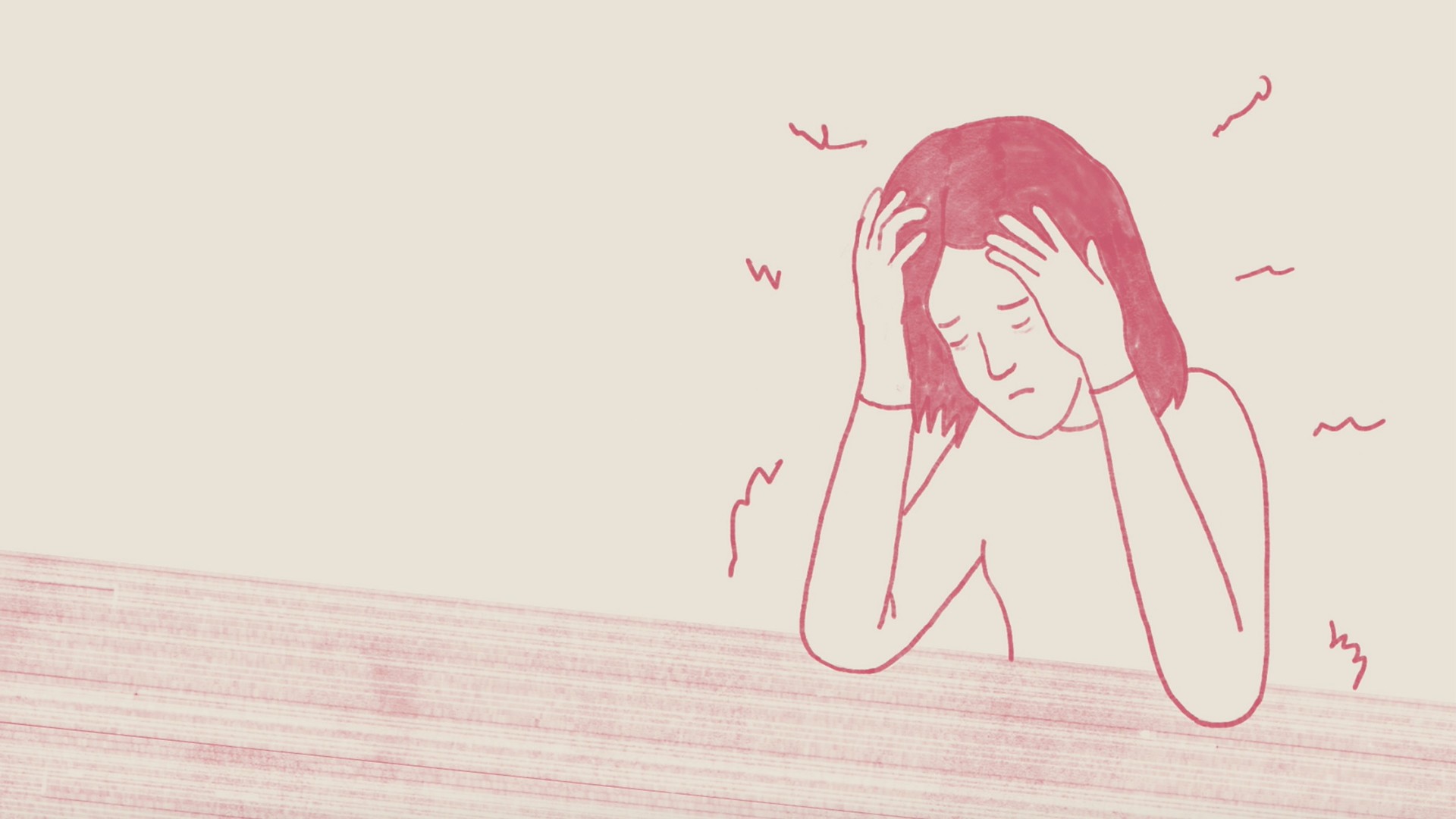Peter Dazeley/Getty Images
It might have been the third time you stopped at a gas station during a two-hour drive to your parents’ place. Or maybe it was the fourth time during the flight you turned to the increasingly annoyed woman in the aisle row and asked her to put down her paperback, get up, and let you through. Or perhaps it was when you couldn’t hold it during the the Wakanda battle in Avengers: Infinity War and ducked out to the theater bathroom. At some point, you may have wondered: When does peeing often become become not just an annoyance but a sign of a medical problem?Answers can be surprisingly difficult to come by. Some of the top experts in the field of incontinence—that is, lack of voluntary control over urination or defecation—struggle to define what's known as overactive bladder (OAB).In 2002, the International Continence Society chiseled out the definition: “urgency, with or without urge incontinence, usually with frequency and nocturia, in the absence of infection or other proven aetiology”—meaning the urge to pee, with or without actually losing control, usually frequently and at night, with no other medical symptoms.This definition, however, has no exactness about how many bathroom breaks is too many. The threshold between urinating a lot and having OAB is crossed when frequent peeing, sudden urges, or inability to “hold it” cause the patient distress.“Overactive bladder is a vague diagnosis,” says Thomas Chi, associate professor at the University of California San Francisco’s department of urology. “What bothers you might not bother me. Some people might go bathroom 40 times a day before it becomes a problem and others might go every two hours.”In addition to being vague, the current definition fails to include leakage, a kind of incontinence where urine is released suddenly and without a noticeable urgency or build-up, a discomfort that is almost exclusive to women.“Most women will admit to some stress incontinence, some leakage in life,” says Una Lee, a urologist and researcher at Virginia Mason Medical Center Clinic in Bellevue, Washington. It often happens during exercise and sometimes they “tend to think it’s a natural part of [the aftereffects] of childbirth or growing older.” The omission leaves a very common form of urinary incontinence off of the radar of urologists following the definition in a decisively gendered way.For these reasons, the International Continence Society has considered revision the definition a few times, holding panels at conference with titles like: “Do we need a new definition of the overactive bladder syndrome?” (So far, the definition remains.)
More from Tonic:
Lee has surveyed her colleagues about the loose definition of overactive bladder. She found that opinions came roughly in four categories: The current OAB definition is adequate; it’s more a constellation of symptoms than a disorder; the definition of OAB should be expanded to include the fear of leakage; OAB is “a marketing term,” a way to get TV viewers to ask their doctor about medications like Detrol or Vesicare. At one ICS conference, urologist Richard Millard, from the University of New South Wales, went as far as to ask: “Is [OAB] a marketing ploy or is it a real condition?”One problem with determining what is abnormal for the bladder is a lack of clarity on what is normal. There is no agreed-upon average number of urinations in a day. Chi gives his ballpark estimate as six times or every three or four hours, during waking hours, but “there is a lot of variation of normal,” he says.There are some lifestyle and consumption factors that may be causing a normal bladder to seem overactive. Of course, people chugging water or Gatorade or another liquid pee more often. And there are bladder irritants in people’s diets, Chi says, including caffeine and foods that are spicy or acidic.Some drugs can also cause more frequent urination. “We see it with Adderall,” says Jamin Brahmbhatt, a urologist and assistant professor at the University of Central Florida’s College of Medicine. “Anything that speeds up the metabolism will cause you to go more.”Negative emotional states worsen urinary systems, too. A 2015 study of OAB patients from the Washington University School of Medicine found they had increased urinary incontinence symptoms during times of self-reported stress. The same group from Washington University released another study in which 30 percent of OAB patients surveyed reported child sexual trauma.In the average person without OAB, stress loads tend to cause more frequent urination. “The neurons that fire to make you go to the bathroom are complex,” Chi says, “and tie in to other neurological mechanisms.” So urinary issues may be partially due to consumption habits or a psychological state—or they could be signs of something more. Overactive bladder is a symptom of several conditions, including multiple sclerosis, diabetes, acute urinary tract infections, bladder tumors and stones, and an enlarged prostate.There are public awareness problems preventing people from seeing a doctor who might diagnose one of these conditions from the initial symptom of an overactive bladder, Brahmbhatt says. People tend not to see urinary frequency or urgency as medical conditions, are embarrassed to talk about them, or have adjusted their lifestyle to a degree they do not realize is extreme.“I talk to people who just let it drop that they go to the bathroom 20 times a day,” Brahmbhatt says. “They don’t realize that’s unusual.” Incontinence is not only a medical matter when it’s a clue to an underlining problem. “In some cases, the bladder is just overactive,” Brahmbhatt says. “There are treatments for that. Whatever the issue is, you should get yourself checked out.” Depending on severity, treatments can vary from medication to physical therapy to surgery to lifestyle changes to mental management techniques.For overactive bladder, Lee recommends pelvic exercises and distraction techniques to get the patient through the time until a bathroom becomes available when a urge hits. “Count from 100 by threes, identify all the items in the room that are blue, visualize a vacation spot, or sing a song,” she says. “It “teaches your bladder your brain is in control.”Sign up for our newsletter to get the best of Tonic delivered to your inbox.
Advertisement
Advertisement
More from Tonic:

Lee has surveyed her colleagues about the loose definition of overactive bladder. She found that opinions came roughly in four categories: The current OAB definition is adequate; it’s more a constellation of symptoms than a disorder; the definition of OAB should be expanded to include the fear of leakage; OAB is “a marketing term,” a way to get TV viewers to ask their doctor about medications like Detrol or Vesicare. At one ICS conference, urologist Richard Millard, from the University of New South Wales, went as far as to ask: “Is [OAB] a marketing ploy or is it a real condition?”One problem with determining what is abnormal for the bladder is a lack of clarity on what is normal. There is no agreed-upon average number of urinations in a day. Chi gives his ballpark estimate as six times or every three or four hours, during waking hours, but “there is a lot of variation of normal,” he says.There are some lifestyle and consumption factors that may be causing a normal bladder to seem overactive. Of course, people chugging water or Gatorade or another liquid pee more often. And there are bladder irritants in people’s diets, Chi says, including caffeine and foods that are spicy or acidic.
Advertisement
